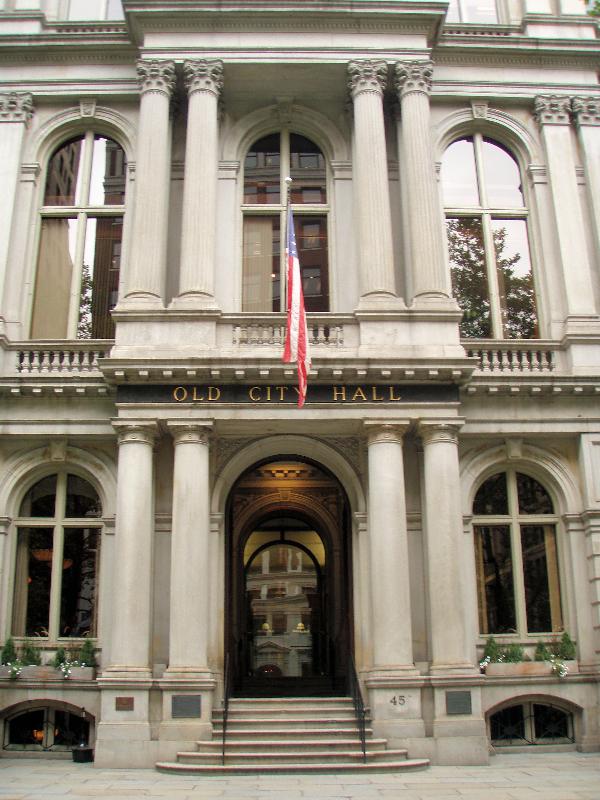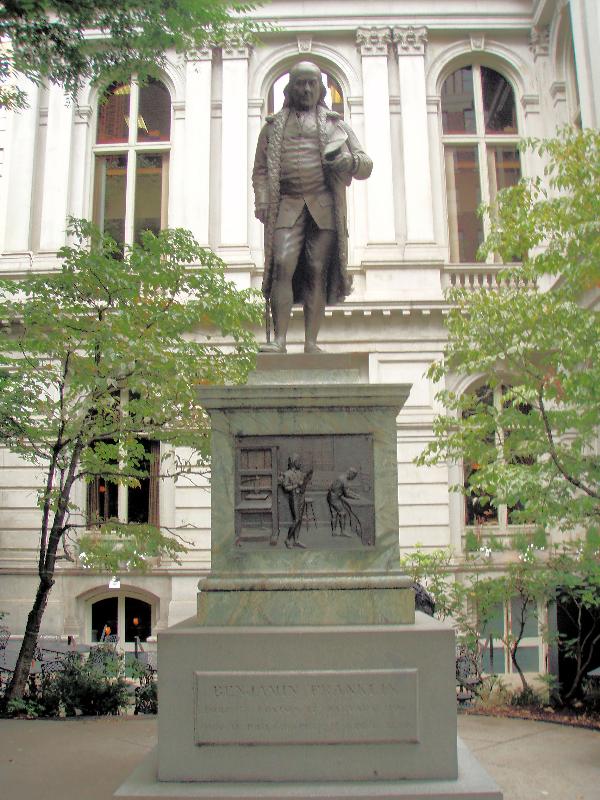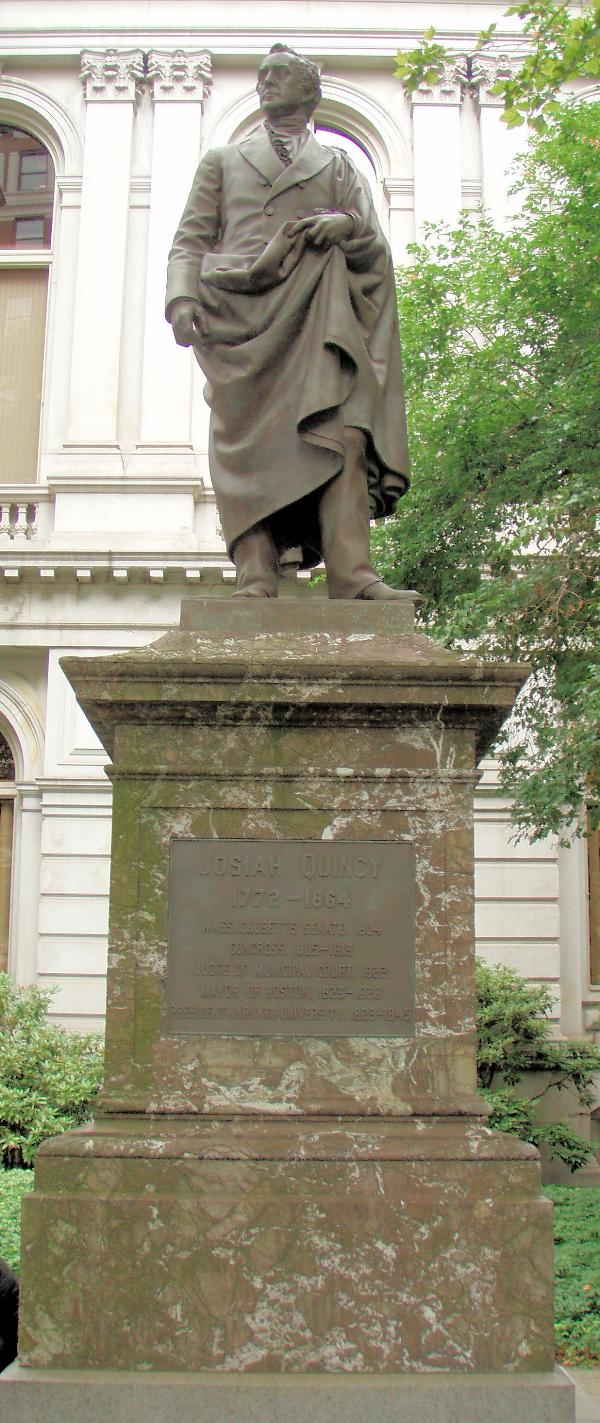
Old City Hall - Boston, MA
Posted by:  silverquill
silverquill
N 42° 21.460 W 071° 03.576
19T E 330383 N 4691543
This site was the location of two Boston City Halls. Here in 1810, the Suffolk Country Courthouse was erected. In 1841, that courthouse was converted to Boston's second city hall. In 1865 it was replaced by Boston third city hall, the one now seen.
Waymark Code: WM2N41
Location: Massachusetts, United States
Date Posted: 11/23/2007
Views: 191

Boston's Old City Hall was one of the first buildings in the French Second Empire Style to be built in the United States and is now one of the few that survive. The design originated in France during the Second Empire (the reign of Emperor Napoleon III from 1852 to 1870). In Paris, this style gained popularity with the building of the new Louvre. After the completion of Boston's City Hall (1865), the French Second Empire Style was used extensively elsewhere in Boston and for many public buildings in the United States, such as the Executive Office Building in Washington D.C. as well as other city halls in Providence, Baltimore and Philadelphia.
The Statues in the Courtyard

BENJAMIN FRANKLIN
Benjamin Franklin (1706-1790) was born in Boston and attended school on this site as a boy before pursuing a distinguished career as an author, inventor, scientist, politician and statesman. Scenes of Franklin's accomplishments appear in bas-relief on the square pedestal of the statue. The statue (1856) was the first portrait statue to be erected in Boston. Franklin is depicted as he would actually appear, rather than draped in toga, cloak, or classical attire. The statue was designed by Richard Saltonstall Greenough, as are two of the bas-reliefs.

JOSIAH QUINCY
Josiah Quincy (1772-1864) was the second Mayor of Boston and served six consecutive, one-year terms from 1823-1828. During his tenure he was reponsible for the development that expanded the produce and meat markets in Faneuil Hall into three new buildings known as the Quincy Markets. This statue (1879) was designed by Thomas Ball.